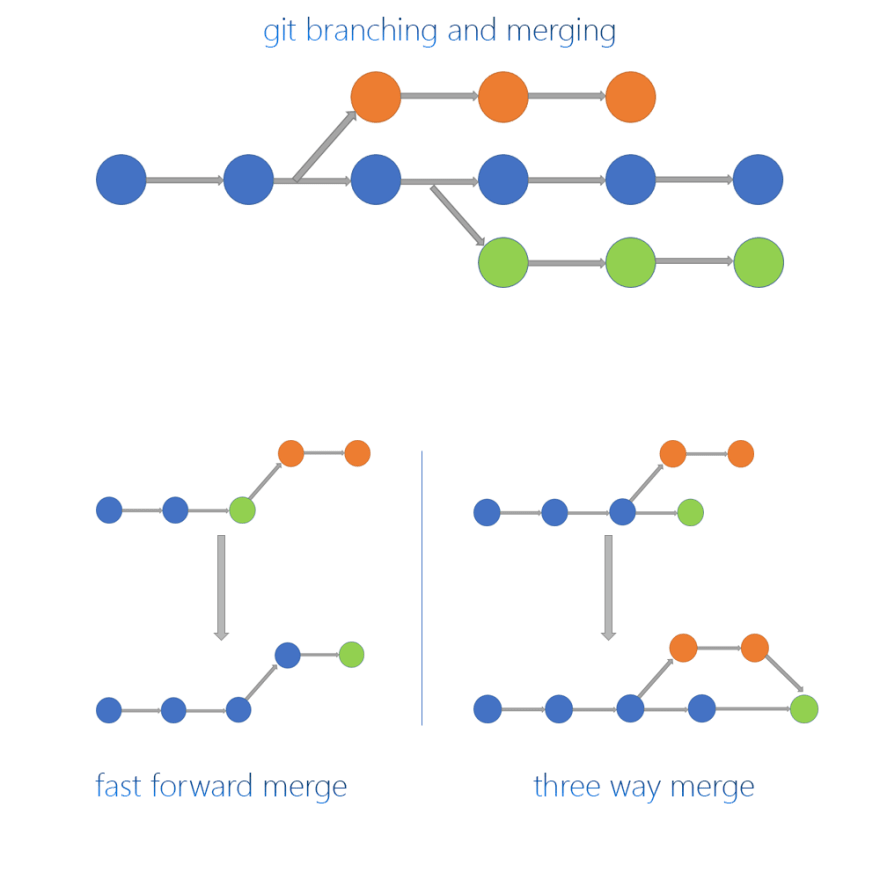This week we got to tackle my favourite thing in the world - merging!

If you read my previous post, you know how nervous I get about anytime I see there needs to be a merge. This week, by taking the steps and time to understand how to create a merge conflict, I felt a lot more comfortable when it came time to merge.
Picking Features
I decided to implement the following features:
I was really nervous about the language flag, as I knew my code had some faults in the way it was taking in the --input flag already. I told myself - focus on the language flag and not on the cli portion. I approached this and was shocked at how effective I was in completing it. I first began by implementing the flag. for now only --lang can be used and there is no --l flag. I then implemented a feature to parse the words after input, and lang flags. Once I did this in both directions (--i then --flag or --flag then --i) the rest was smoooooooooth sailing. I accidentally enabled users to create files in multiple languages by just adding more options after the flag - this was cool! Until I realized I was overwriting the same file - hahaha. I instead added a feature to then create the directory in the dist file in the language of choice so there were copies made of each file in html by language.

The second feature added was really simple - and just two lines of code. Replace the encased backticks with <code> tags.
Merging
When it came time to merge, I decided to merge the bigger commit first so that I might have less merge conflicts trying to push the second feature that's two lines long. The first merge was done through fast-forward and then the second one was done through recursive strategy. I thought I did this wrong so I tried it again with the readme in the branches. I went back into each branch and I changed the readme files. This time, after I merged the first branch, I made sure to not push yet and merge the other branch too, then merge all together. I thought this was what caused the recursive merge and avoided the three way merge, but it wasn't.
Looking back
Through all these actions and adventures, I learned something really important - the actual reason I don't like merging and merge conflicts. By understanding how simple a fast forward merge is, I can try my best to do these more often. By understanding how 3-way merges occur and can be fixed, my approach to solve the conflicts are much hopeful. After reading this answer to what a 3-way-merge is, I see that it's not always going to be worst case scenario. Through understanding how this works, I feel more confident approaching merge conflicts.







Top comments (0)